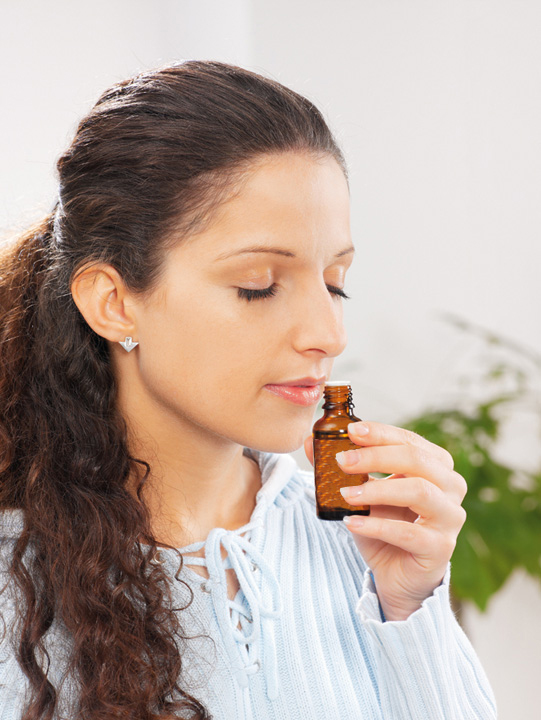 Quality is key when it comes to essential oils. It directly impacts how effective the essential oil will be and the benefits you will experience.
Quality is key when it comes to essential oils. It directly impacts how effective the essential oil will be and the benefits you will experience.
High quality, certified pure tested grade essential oils are also the safest essential oils to use.
Important: Always read label instructions before using any essential oil.
The label description “100% Pure” can sometimes be quite misleading.
What does it really mean?
If you are serious about your health, don’t compromise when it comes to quality. There are several factors you should be aware of before using any essential oil. Where did the plants grow that are used to make the essential oil? How were they cultivated (organic farming vs. treatment with pesticides and herbicides)? Are they harvested properly and at the right time? Which distillation method / extraction methods were used? Are the essential oils being tested? The essential oils I use come from plants that are grown in their indigenous environment (and without use of any pesticides or harmful chemicals), harvested properly and at the right time, and are either steam distilled or compression extracted. EVERY BATCH of essential oil is tested with Gas Chromatography, Mass Spectrometry, FTIR, Refractive Index, Optical Rotation, Specific Gravity, Organoleptic testing, Stability testing, Heavy metal testing, TPC/Microbial testing, Pesticide analysis, Chiral GC, Istope Carbon 14, Biochemical Pairing (ARC Plots), Taxonomy, VOC (volatile carbon analysis), Thin Layer Chromatography, and LC/LCMS. This rigorous testing ensures that every essential oil bottle is 100% pure highest quality grade and that every drop from every bottle has the same potency and consistency.
Potency Begins with the Seed
The proper seed variety (species) and even chemotype for particular plants must be carefully selected so that the distinct molecular profile of the aromatic compounds produced by the plant can be achieved. For example, there are many different plant varieties and chemotypes for rosemary. The chemotype depicts the level of particular compounds within the oil composition which will determine specific health benefits.
Harvesting the Right Part of the Plant
The environment plays a key role in the quality value of the plant. Growing season, elevation, climate, moisture, soil, terrain, and pH all factor into the quality or potency of the essential oil produced. It is also essential that the right part of the plant be harvested. The aromatic compounds from the leaves of the plant will differ from what is produced in the flowers. For example, when you use the yellow flowering tops of the Helichrysum italicum plant from Corsica you will harvest the most dependable benefits, but many essential oil producers will harvest the leaves and stalks as well to increase the oil yield of this delicate crop thereby increasing their profitability. This completely changes the composition of the essential oil.
Where Essential Oils are Sourced Matters
The best essential oils come from artisans who grow aromatic crops in the indigenous soils of their land and follow stringent growing and harvesting quality standards. Plants grown in traditional or indigenous environments yield better results because the natural elements specific to that region promote a higher quality profile of the aromatic compounds produced by the plant. For example, Lavender (Lavandula angustifolia) essential oil is indigenous to the Provence region of France and also Bulgaria. The high altitudes at which lavender is grown results in the plant having higher ester and sesquiterpene alcohol content, thereby increasing its benefits. You simply cannot duplicate the rocky soil and growing conditions that are specific to these regions anywhere else. Although lavender grows readily in the United States, the chemical composition values are not as beneficial because the growing conditions that exist in its native land cannot be duplicated. Where your oils are sourced matters.
Take a look at the oils you have been using, see if the manufacturer provides information about sourcing, distillation methods, and testing methods. This will help you determine whether your oils are of highest quality grade quality or not.
If you are unsure please feel free to contact me and I’ll be happy to help you. In addition, I offer all my clients the option to purchase essential oils directly through me and also receive custom blends made just for you! This way you can ensure that the blend is appropriate for your age, that any special conditions are considered or medication you might be taking, any sensitivities, appropriate dosage, and delivery method.
Production Practices & Testing
Make sure the company has safety procedures in place to guard against contamination during the production process and rigorous testing of ALL batches of essential oils. Here are some testing methods that SHOULD be used to ensure highest quality of essential oils:
- Organoleptic testing
- Microbial testing
- Gas chromatography
- Mass spectrometry
- Fourier-transform infrared spectroscopy (FTIR)
- Chirality testing
- Isotopic analysis
- Heavy metal testing
Storage & Handling
Last but not least, only purchase essential oils from companies where essential oils are carefully processed, packaged, and stored to avoid chemical alterations caused by exposure to heat or light. (Amber bottles are typically the best option for essential oil storage.)
Don’t know where to start? Working with an aromatherapist will ensure that your experience with essential oils will be positive and rewarding.
Please contact me. I’ll be happy to help.

